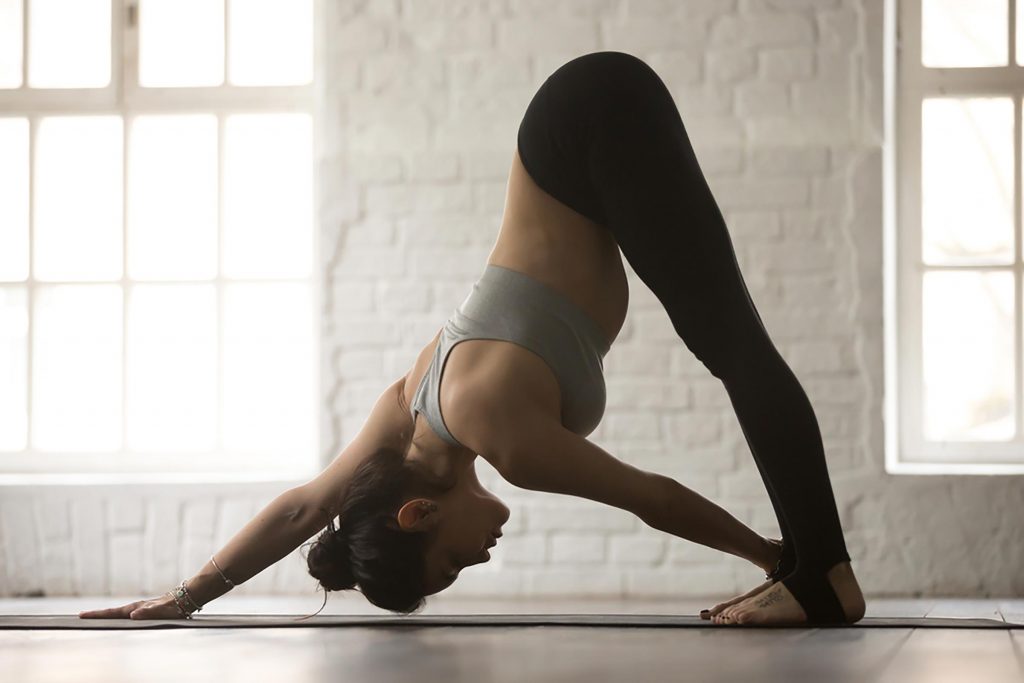
As cold temperatures finally release their grasp on most of the country, it’s time to start shaking-off the remnants of hibernation that most of us have enjoyed over the past few months. However, it’s important to ease into being more physically-active instead of jumping in full-steam ahead. As it turns out, the majority of sports injuries, or injuries from strain or excessive exertion, occur during the spring and early summer when people over-do it too soon. The good news is that we can reduce the chances of being one of them by doing one simple thing: Stretching.
Stretching Protects Muscles
The first thing that usually comes to mind when thinking of stretching is loosening up muscles. While this is true, the benefits of loose muscles have more to do with protecting their tissues than with increased flexibility. Muscles are more-susceptible to tearing or being stretched to the point where they become damaged when they haven’t been used for a while. Stretching eases them back into activity and strengthens the chords that hold fibrous tissues together. Stretching also helps to reinforce areas near joints where muscles taper-off and anchor themselves into bone. All of this translates into reducing the likelihood of sustaining an injury if too-much strain is placed on muscles too-soon.
Stretching Makes Us Feel Better
There is a direct relationship between being tense or physically compressed and our sense of well-being. Stretching not only alleviates this tension, but it also causes the release of chemicals in the brain that produce pleasure. I can’t think of anyone who doesn’t feel better after just a few minutes of stretching, and this feeling is highly-underrated. A good stretch can also help to alleviate anxiety, frustration, poor sleep and a lack of focus, and this is a great state of mind to be in before engaging in physical activity as well.
Stretching Conditions Muscles
In a way, we can say that muscles are tenderized through stretching, and this helps them to wake up a little bit. If you stretch before engaging in strenuous activity, there’s a good chance that you will feel less-discomfort, strain and fatigue along the way. Don’t forget that stretching also helps muscles to heal following activity as well, and this can reduce the amount of pain and discomfort felt the following day. Along those lines, don’t think twice about stretching following physical exertion in order to keep the muscles from tensing up completely once they’re at rest again.
Stretching Promotes Muscle Growth
Stretching doesn’t get the credit that it deserves when it comes to building muscle. Remember that muscles grow as they regenerate after being torn. While working out and physical exertion obviously do this, so does stretching. While you’re not going to get huge muscles from stretching alone, doing it daily can help to create lean muscle and burn fat at the same time.
As you prepare to spend more time engaging in physical activity as the seasons change, try to incorporate stretching into your daily routine. All it takes is a couple of minutes a day to feel better, have more-endurance and reduce the chances of sustaining a muscle or joint injury.
